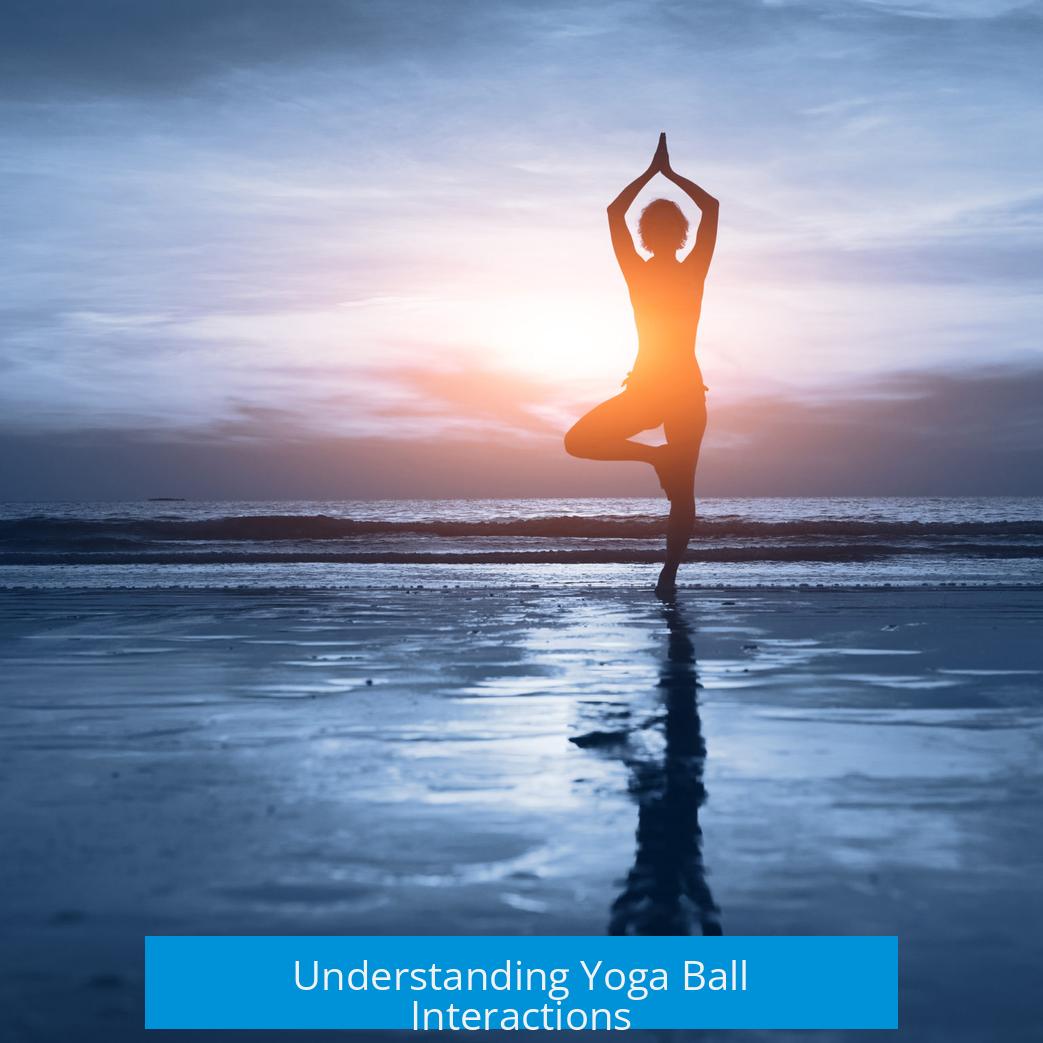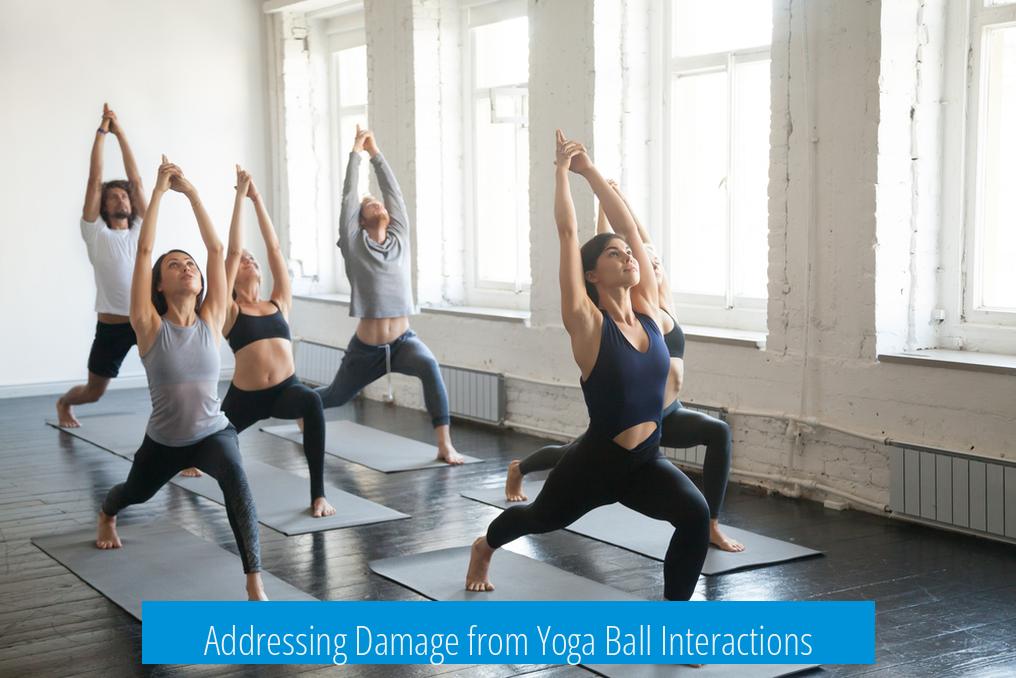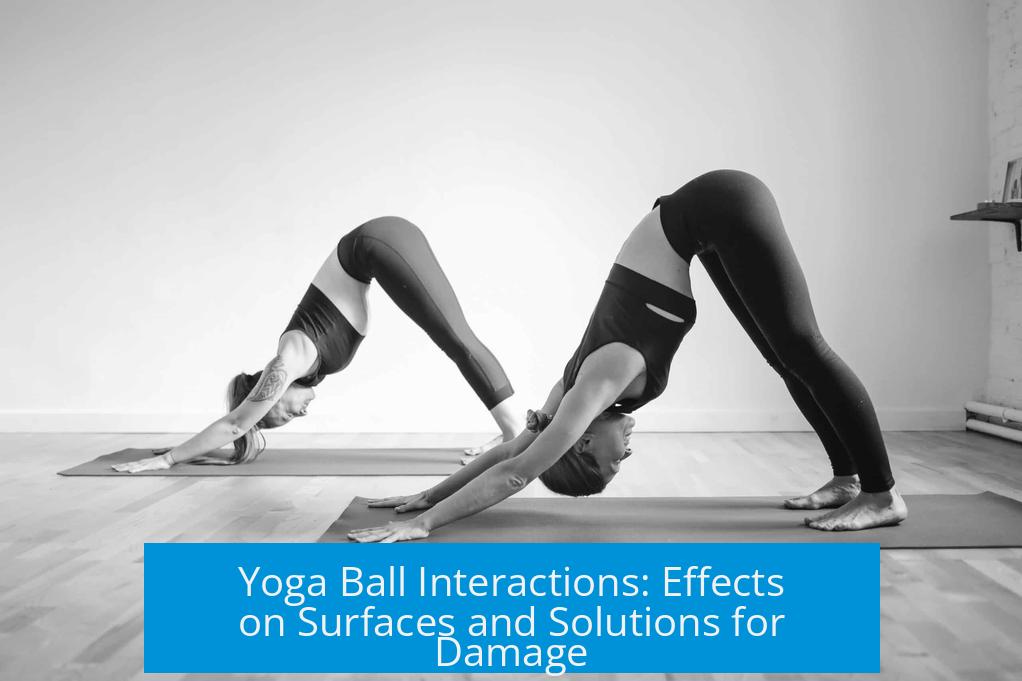Understanding Yoga Ball Interactions

Yoga balls contain plasticizers, mainly phthalates, which can chemically interact with other surfaces.
These plasticizers are added to the ball’s material to keep it soft and flexible. However, these chemicals can migrate from the ball’s PVC surface and affect other materials it contacts.
Material Composition and Chemical Behavior
Yoga balls are often made from polyvinyl chloride (PVC) infused with phthalate plasticizers. These plasticizers are volatile enough to dissolve into adjacent substances like polyurethane or resin varnish. This migration leads to chemical reactions that can alter the properties of those materials.
Specifically, when a yoga ball touches furniture surfaces finished with lacquer, varnish, or leather coatings for prolonged periods, the plasticizers transfer onto the finish. This results in the softening or degradation of the furniture’s protective layer.
Effects on Furniture and Surfaces
- Plasticizer migration causes lacquer or varnish finishes to soften.
- Softening leads to surface damage on leather chairs and wooden furniture.
- Visible deterioration ranges from discoloration to tacky or sticky textures.
Anecdotal evidence confirms cases where yoga balls have significantly damaged leather furniture by breaking down its protective surface.
Addressing Damage from Yoga Ball Interactions

Repairing damage caused by plasticizer interactions can be challenging. The softened finishes often do not fully restore with simple cleaning. In many cases, refinishing or replacing the affected furniture surface might be necessary.
Preventive measures include avoiding long-term contact between yoga balls and finished furniture or using protective coverings to block chemical migration. Choosing yoga balls made with non-phthalate plasticizers or alternative materials may also reduce risks.
Key Takeaways
- Yoga balls contain phthalate plasticizers that migrate to nearby finishes.
- This migration can soften or damage varnishes, lacquers, and leather coatings.
- Damage may require refinishing or replacement rather than simple repair.
- Preventive strategies include limiting contact and material selection.





Leave a Comment